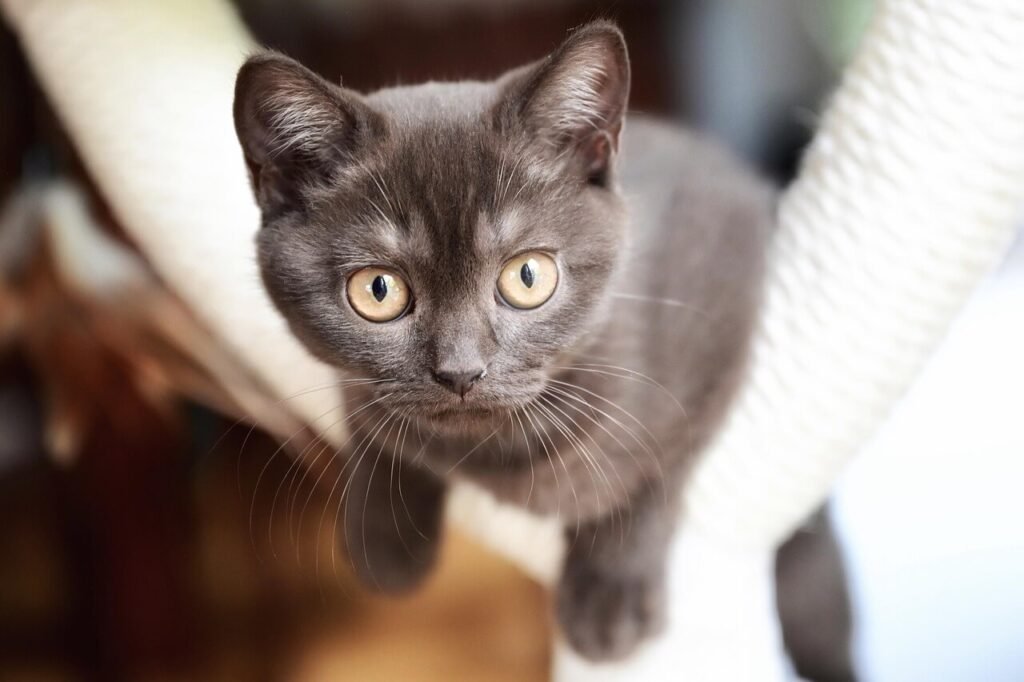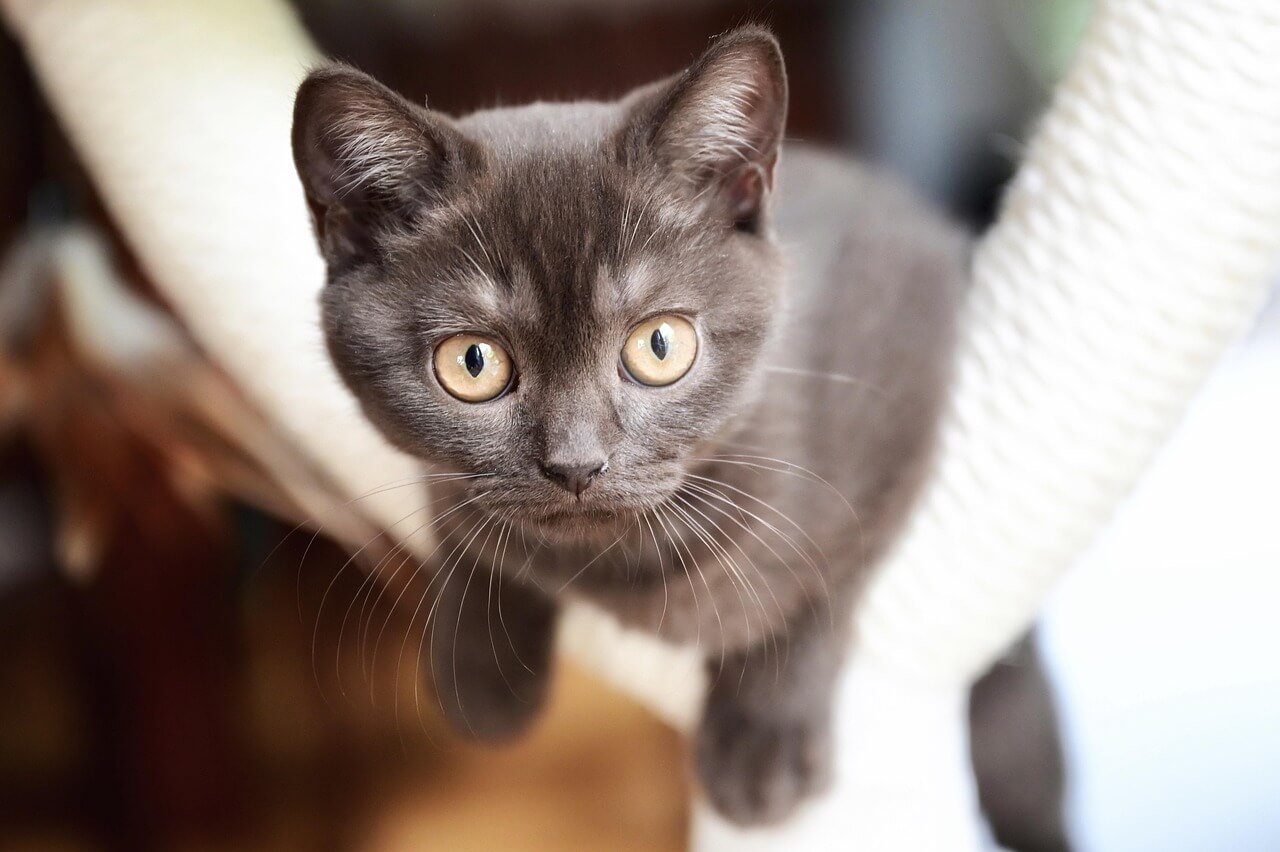Is Babys Breath Toxic to Cats?
Baby’s breath, with its delicate white blooms, is a popular choice for floral arrangements and bouquets. However, if you’re a cat owner, you may wonder whether this seemingly harmless flower poses any risks to your feline friend. While baby’s breath is often associated with beauty and elegance, its safety around pets has sparked debate among pet owners and veterinarians alike. Understanding the potential dangers of baby’s breath for cats is crucial to ensuring their well-being while maintaining your love for floral decor. In this blog post, we’ll explore whether baby’s breath is toxic to cats, how to identify symptoms of exposure, and what steps to take if your cat comes into contact with this plant.
Why Baby’s Breath Can Be Harmful to Cats
While baby’s breath is not classified as highly toxic, it can still cause adverse reactions in cats due to certain compounds found in the plant. Here are some reasons why this flower may pose a risk to your furry companion.
Contains Saponins:
Baby’s breath contains saponins, natural compounds that can irritate the gastrointestinal tract when ingested by cats.Causes Mild Gastrointestinal Upset:
Ingesting even small amounts of baby’s breath can lead to vomiting, diarrhea, or loss of appetite in sensitive cats.Potential for Allergic Reactions:
Some cats may experience allergic reactions, such as skin irritation or respiratory distress, after exposure to baby’s breath.Choking Hazard from Small Parts:
The tiny flowers and stems of baby’s breath can pose a choking risk if a curious cat decides to chew or swallow them.Not Safe for Curious Cats:
Cats are naturally curious and may nibble on plants out of instinct, making even mildly toxic plants like baby’s breath a concern.
Understanding these risks underscores the importance of keeping baby’s breath out of reach to protect your cat’s health.
Signs Your Cat May Have Ingested Baby’s Breath
If you suspect your cat has come into contact with baby’s breath, it’s essential to recognize the symptoms of ingestion or exposure. Early detection can help prevent complications.
Vomiting:
One of the most common signs of ingestion is vomiting, which may occur shortly after consuming the plant.Diarrhea:
Diarrhea is another frequent symptom, indicating irritation in the digestive system caused by saponins.Lethargy:
Cats exposed to baby’s breath may appear unusually tired or uninterested in their surroundings.Loss of Appetite:
A sudden refusal to eat could signal discomfort or illness related to plant ingestion.Excessive Drooling:
Drooling more than usual may indicate oral irritation or nausea caused by chewing on the plant.
If you notice any of these symptoms, it’s important to monitor your cat closely and consult a veterinarian if necessary.
Check this guide 👉Is Cat Hair Bad for Babies? Best 7 Expert Tips!

Plants Safe for Cats | Plants Toxic to Cats |
|---|---|
Spider Plant | Lilies (highly toxic) |
Boston Fern | Daffodils |
African Violet | Tulips |
Bamboo Palm | Azaleas |
Calendula | Baby’s Breath (mildly toxic) |
How to Prevent Exposure to Baby’s Breath
Prevention is key to keeping your cat safe from plants like baby’s breath. By taking proactive measures, you can minimize the risk of accidental ingestion or exposure.
Keep Flowers Out of Reach:
Place floral arrangements containing baby’s breath on high shelves or tables where your cat cannot access them.Use Pet-Safe Alternatives:
Opt for cat-friendly flowers or plants, such as spider plants or African violets, to decorate your home safely.Supervise Curious Cats:
Monitor your cat closely when introducing new plants or flowers into your home to ensure they don’t investigate too closely.Store Cut Flowers Safely:
When preparing floral arrangements, keep cut stems and leaves away from areas your cat frequents.Educate Family Members:
Ensure everyone in your household understands the risks of baby’s breath and knows how to keep it away from pets.
By implementing these precautions, you can create a safer environment for your cat while still enjoying beautiful floral displays.
What to Do If Your Cat Eats Baby’s Breath
If your cat accidentally ingests baby’s breath, acting quickly and calmly can make all the difference in ensuring their well-being. Follow these steps to address the situation effectively.
Remove Remaining Plant Material:
Take away any remaining parts of the plant to prevent further ingestion.Observe Your Cat Closely:
Watch for symptoms such as vomiting, diarrhea, or lethargy, which may indicate mild toxicity.Contact Your Veterinarian:
Call your vet immediately for advice, even if symptoms seem mild. They can provide guidance tailored to your cat’s condition.Do Not Induce Vomiting Without Guidance:
Avoid attempting to induce vomiting unless instructed by a professional, as this can sometimes worsen the situation.Provide Fresh Water:
Offer fresh water to help flush out toxins and keep your cat hydrated during recovery.
Prompt action and professional guidance are essential to helping your cat recover safely after exposure to baby’s breath.
Common Misconceptions About Baby’s Breath
Many misconceptions surround the safety of baby’s breath for pets, leading to confusion among cat owners. Clarifying these myths helps ensure better decision-making for your pet’s safety.
Myth: Baby’s Breath Is Completely Safe for Pets:
While not highly toxic, baby’s breath can still cause mild poisoning in cats and should not be considered entirely risk-free.Myth: Only Large Quantities Are Dangerous:
Even small amounts of baby’s breath can irritate a cat’s digestive system, depending on their sensitivity.Myth: Cats Won’t Eat Non-Food Plants:
Cats are curious creatures and may chew on plants out of boredom or instinct, regardless of their edibility.Myth: Washing the Plant Makes It Safe:
Washing baby’s breath does not remove the saponins responsible for its mild toxicity.Myth: Symptoms Will Appear Immediately:
Symptoms of ingestion may take hours to develop, so vigilance is key even if no immediate reaction occurs.
Dispelling these myths ensures you approach baby’s breath with caution and prioritize your cat’s health.
Tips for Decorating Safely Around Cats
Decorating your home with flowers and plants doesn’t have to put your cat at risk. These tips help you strike a balance between aesthetics and safety.
Research Before Buying:
Always verify whether a plant or flower is safe for cats before bringing it into your home.Use Hanging Baskets:
Hang plants and floral arrangements from the ceiling or wall hooks to keep them out of paw’s reach.Create Cat-Friendly Zones:
Designate specific areas for your cat’s toys and activities, reducing their interest in exploring decorative items.Avoid Fragrant Blooms:
Strongly scented flowers may attract curious cats, increasing the likelihood of investigation or ingestion.Regularly Inspect Decorations:
Check floral arrangements frequently to ensure no fallen petals or stems are accessible to your cat.
With thoughtful planning, you can enjoy beautiful decor while keeping your cat safe.
How to Train Your Cat to Avoid Plants
Training your cat to steer clear of plants and flowers can reduce the risk of accidental ingestion. These strategies foster positive behavior and reinforce boundaries.
Provide Distractions:
Offer interactive toys or scratching posts near decorative plants to redirect your cat’s attention.Use Positive Reinforcement:
Reward your cat with treats or praise when they ignore plants, encouraging them to repeat the behavior.Spray Natural Deterrents:
Use pet-safe deterrent sprays on plants to create an unpleasant taste or smell that discourages chewing.Teach “Leave It” Commands:
Train your cat to respond to verbal cues like “leave it” when approaching forbidden items.Be Consistent with Boundaries:
Enforce rules consistently to establish clear expectations and prevent confusion.
With patience and consistency, training can help protect your cat from potentially harmful plants like baby’s breath.
Frequently Asked Questions About Baby’s Breath and Cats
Is baby’s breath highly toxic to cats?
No, baby’s breath is considered only mildly toxic, but it can still cause gastrointestinal upset and other symptoms in cats.
Can baby’s breath cause long-term harm?
In most cases, ingestion results in mild, short-term symptoms. However, prolonged exposure or large quantities may require veterinary attention.
Are there safe alternatives to baby’s breath?
Yes, many cat-safe flowers, such as roses (without thorns) and marigolds, can be used as substitutes in floral arrangements.
What should I do if my cat vomits after eating baby’s breath?
Contact your veterinarian for advice, especially if vomiting persists or is accompanied by other symptoms.
Can I keep baby’s breath in my home if I have cats?
It’s best to avoid keeping baby’s breath in homes with cats, as even accidental ingestion can lead to unwanted health issues.
Creating a Safe Environment for Your Feline Friend
While baby’s breath adds charm and elegance to floral arrangements, its potential risks to cats highlight the importance of pet-safe choices in our homes. By understanding the effects of baby’s breath on cats and taking preventive measures, you can enjoy decorating your space without compromising your cat’s well-being. Always prioritize your pet’s safety by opting for non-toxic plants and seeking professional advice when needed. With a little awareness and care, you can create a harmonious environment where both you and your feline companion thrive.
Canned Pumpkin for Cat Diarrhea: Best 7 Expert Tips! Natural remedy to firm stools, soothe upset bellies, and support gut health safely.
Can a Cat Give You Scabies? Best 7 Expert Tips! Discover the truth about feline mites, human skin risks, and how to protect yourself—without panic.
Cat Flea vs Human Flea: Best 7 Expert Tips! Discover the truth about bites, species, and how to eliminate infestations for good.
Weird Cat Behaviors: Best 7 Expert Tips! Discover why cats do strange things—and how to understand, not punish, their instincts for a happier home.





